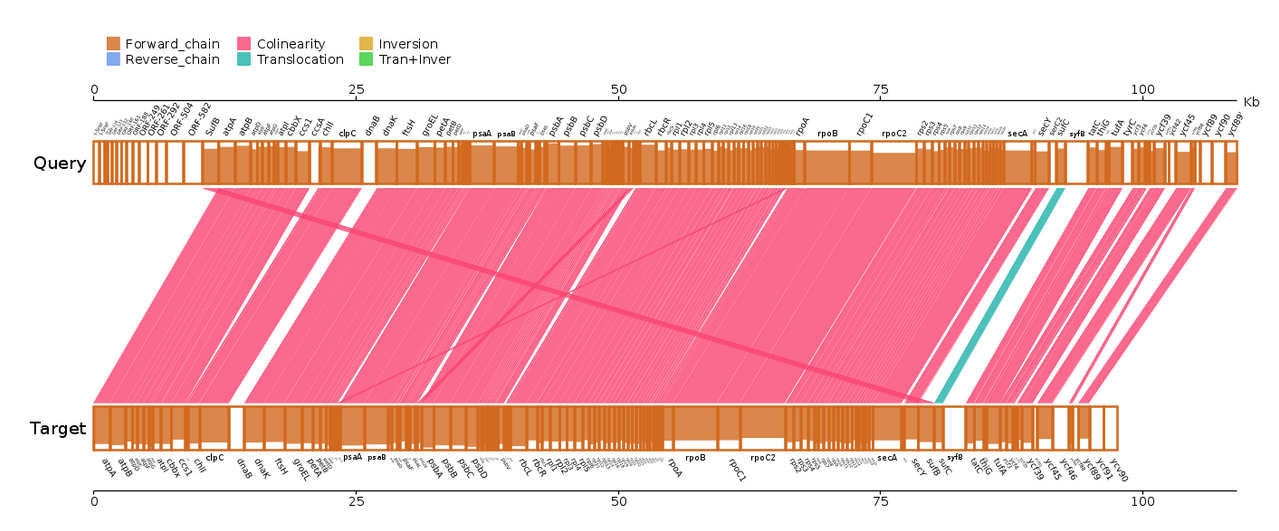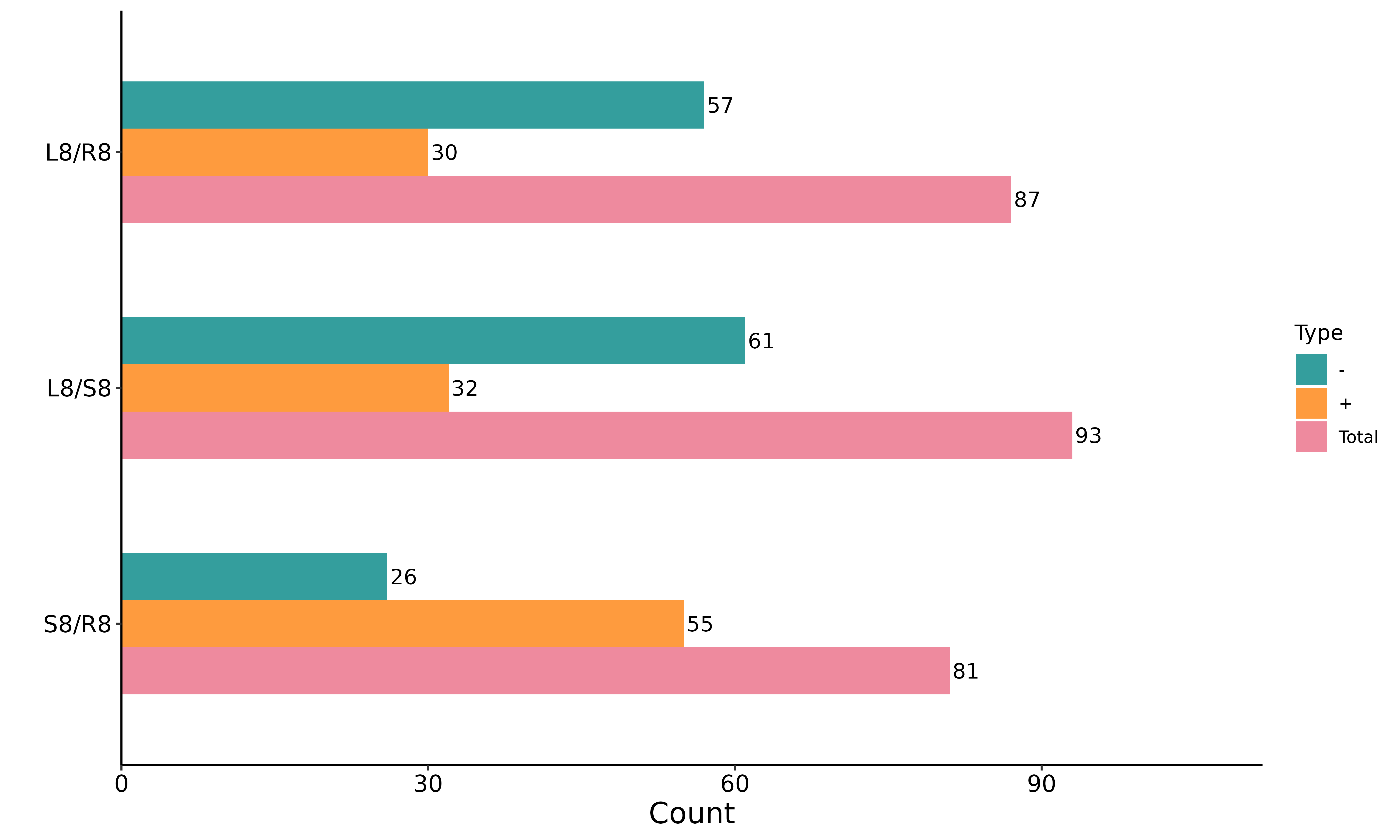Welcome to Paeonia lactiflora Database
Customized development of Paeonia lactiflora database comprehensive website. Phase I aims to integrate Paeonia lactiflora genome information (basic reference genome), RNA-Seq data resource data,proteomics data,metabolomics data.
101865
Genes9
Samples114
Proteomics5296
MetabolomicsIntroduction
Paeonia lactiflora, a perennial herbaceous plant in the family Paeoniaceae, is widely distributed across regions such as China, Korea, Japan, and eastern Russia. It is one of the representative species of the Paeonia genus, with a plant height ranging from 40 to 70 centimeters and a robust root system. The plant features pinnate compound leaves and is renowned for its beautiful flowers, earning it the title "Prime Minister of Flowers." Its large flowers come in a variety of colors, including white, pink, red, and purple, typically blooming from May to June with a relatively long flowering period, making it an important ornamental plant in horticulture. In ancient Chinese literature, Paeonia lactiflora symbolizes beauty, elegance, and love, embodying rich cultural significance. Moreover, Paeonia lactiflora has been widely used in traditional Chinese medicine since ancient times, with its roots serving as the main medicinal part. Depending on the processing methods, the medicinal materials are categorized into "Baishao" and "Chishao". Modern pharmacological studies have shown that Paeonia lactiflora roots are rich in monoterpenoids, glycosides, and flavonoids, among which paeoniflorin exhibits significant biological activities, such as analgesic, anti-inflammatory, and immunoregulatory effects. These compounds underscore the importance of peony in both traditional Chinese medicine and modern drug development.
The roots of Paeonia lactiflora are relatively thick, with dark brown root branches. The stem grows 40-70 centimeters tall and is hairless. The lower stem leaves are twice ternately compound, while the upper stem leaves are ternately compound. The leaflets are narrow-ovate, oval, or lanceolate, with a gradually pointed tip and white cartilaginous fine teeth along the edges, and are hairless on both surfaces. The plant typically bears several flowers at the top of the stem and in the leaf axils, but sometimes only a single flower blooms at the top. There are four sepals, broad ovate or nearly round, measuring 1-1.5 centimeters in length and 1-1.7 centimeters in width. The plant has 9-13 petals, obovate in shape, 3.5-6 centimeters long and 1.5-4.5 centimeters wide, displaying various colors. The filaments are 0.7-1.2 centimeters long, and the floral disk is shallow cup-shaped, encircling the base of the carpels with rounded lobes at the top. There are 4-5 (sometimes 2) hairless carpels. The fruit is a follicle, 2.5-3 centimeters long and 1.2-1.5 centimeters in diameter, with a beaked tip.
Navigation
Tools

GO Enrichment
GO enrichment analysis is to classify differential genes according to GO, and conduct significance analysis, misjudgment rate analysis and enrichment analysis based on discrete distribution on the classification results.

KEGG Enrichment
KEGG Enrichment Analysis is often used to study gene function and screen key genes in differential gene sets.

Phylogenetic Tree
MUSCLE is one of the best-performing multiple alignment programs according to published benchmark tests, with accuracy and speed that are consistently better than CLUSTALW.

Gene prediction
GeneWise compares a protein sequence to a genomic DNA sequence, allowing for introns and frameshifting errors.

Primer designer
Primer3 is a widely used program for designing PCR primers (PCR = "Polymerase Chain Reaction"). PCR is an essential and ubiquitous tool in genetics and molecular biology.

Genome alignment
This document describes installation and usage of the LASTZ sequence alignment program. LASTZ is a drop-in replacement for BLASTZ, and is backward compatible with BLASTZ's command-line syntax.



